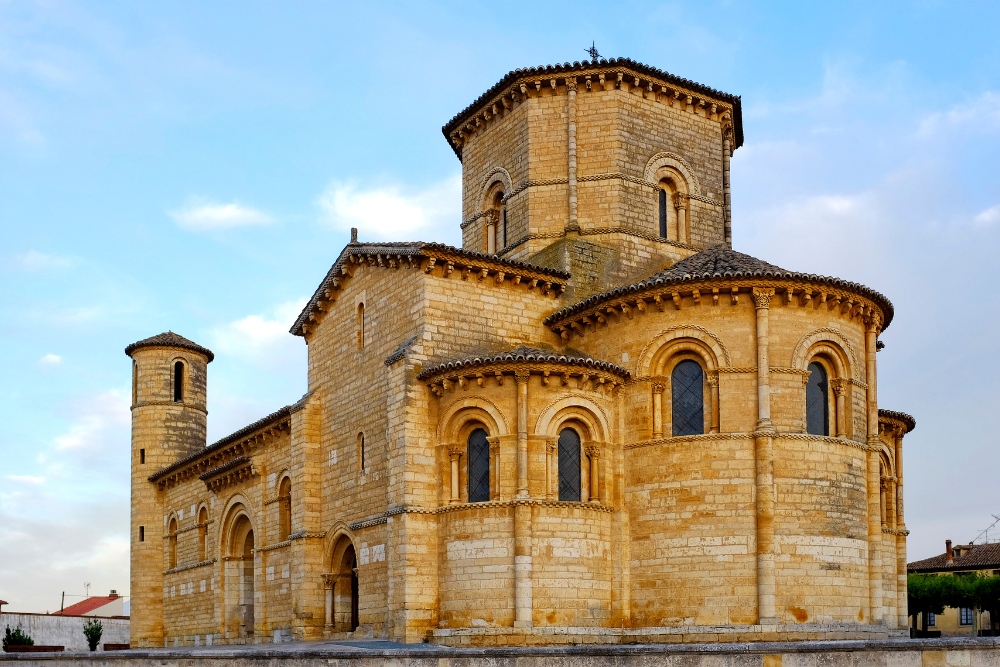Spain is home to some of the most magnificent and historically significant cathedrals in the world. These awe-inspiring structures not only showcase the country’s religious devotion but also its rich cultural heritage, architectural innovation, and artistic achievements. From the majestic Gothic spires to the intricate Baroque facades, Spain’s cathedrals are a testament to centuries of history and the intersection of religion, art, and politics. Here’s a look at the historical significance of Spain’s most iconic cathedrals.
1. The Cathedral of Santiago de Compostela: A Pilgrimage Destination
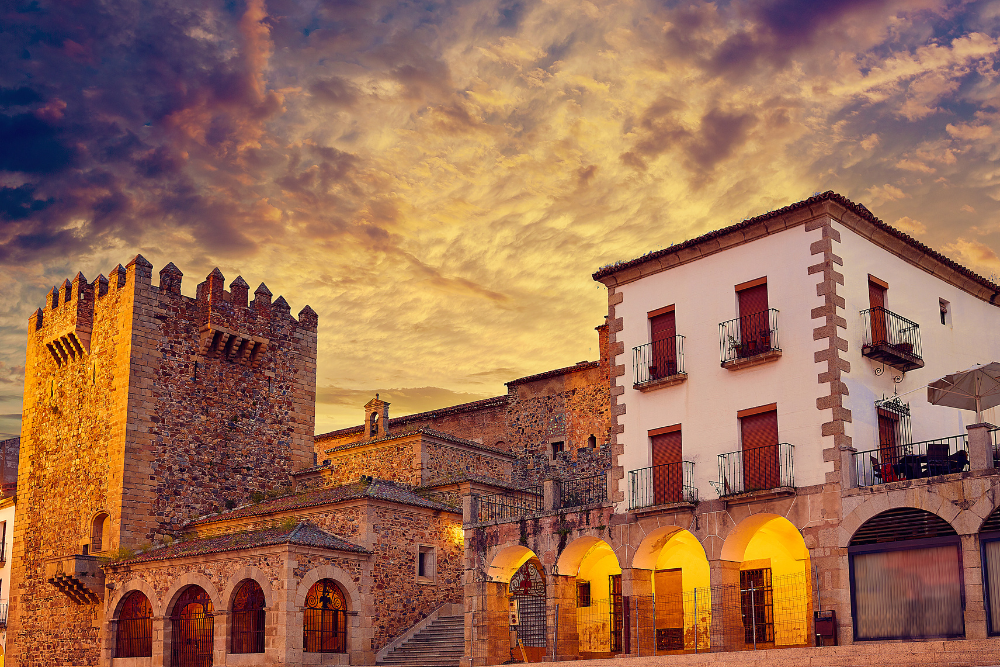
Location: Santiago de Compostela, Galicia
The Cathedral of Santiago de Compostela is one of the most important pilgrimage sites in Christianity, known for its connection to the Camino de Santiago, or the Way of St. James. This cathedral, with its Romanesque architecture and stunning Baroque additions, houses the remains of St. James, making it a central destination for pilgrims from around the world.
Historical Significance:
- Pilgrimage Site: Since the Middle Ages, pilgrims have journeyed across Europe to visit the cathedral, making it one of the three main Christian pilgrimage destinations, along with Jerusalem and Rome.
- Architectural Masterpiece: The cathedral combines Romanesque, Gothic, and Baroque styles, with notable features such as the Portico de la Gloria and the Pórtico de la Cruz. Its immense size and beauty reflect the importance of the pilgrimage and the Catholic faith in Spain.
- Cultural Heritage: Santiago de Compostela was declared a UNESCO World Heritage site, recognizing both the cathedral and the historic town as significant cultural landmarks.
2. The Cathedral of Seville: A Symbol of Power and Wealth
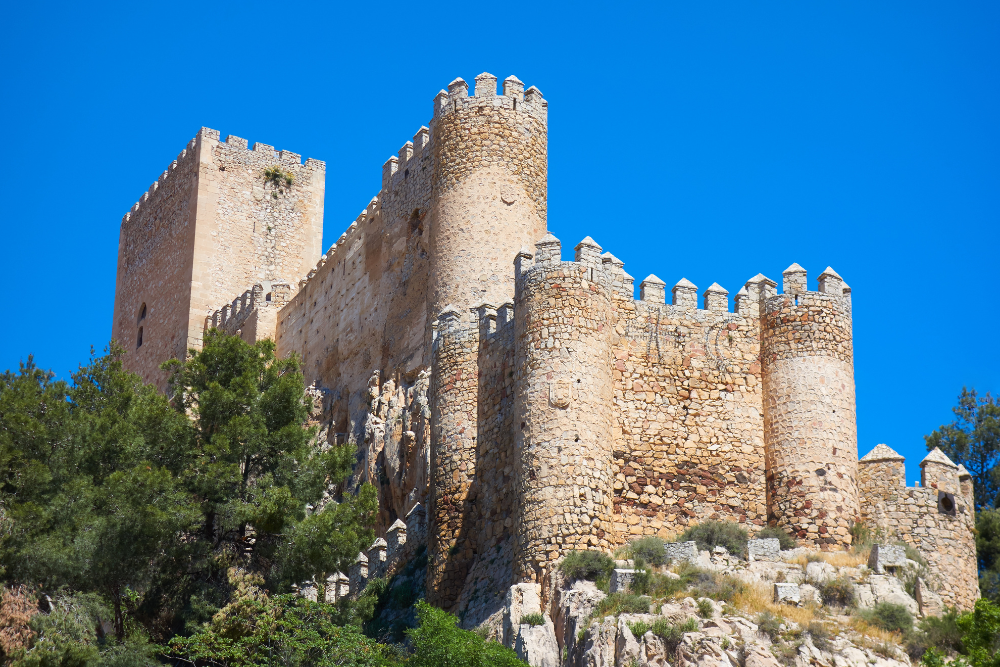
Location: Seville, Andalusia
The Cathedral of Seville is the largest Gothic cathedral in the world and a symbol of Spain’s imperial past. Built on the site of a former mosque, it represents the blending of Moorish and Christian architectural influences.
Historical Significance:
- Christian Conquest: The cathedral was constructed after the Christian reconquest of Seville in 1248, and its construction involved the transformation of the Great Mosque into a place of Christian worship. The Giralda Tower, once a minaret, now serves as a bell tower.
- Christopher Columbus: The cathedral is also the final resting place of Christopher Columbus, whose tomb lies in the cathedral, marking Seville’s role in the Age of Exploration and Spain’s global empire.
- Architectural Grandeur: With its immense size and stunning altarpieces, including the Main Altar and Choir Stalls, the cathedral stands as a testament to the wealth and power of the Spanish monarchy during the Renaissance.
3. La Sagrada Familia: Gaudí’s Masterpiece

Location: Barcelona, Catalonia
The Sagrada Familia is one of the most iconic buildings in Spain, designed by famed architect Antoni Gaudí. Though still under construction, it is one of the most visited landmarks in the country and a UNESCO World Heritage site.
Historical Significance:
- Modernist Vision: Gaudí’s design combines elements of Gothic and Art Nouveau architecture, featuring unique shapes, vibrant stained glass, and natural forms that symbolize Gaudí’s deep faith and vision.
- Symbolism: The church’s design is rich in Christian symbolism, with each of its facades representing a different aspect of Christ’s life, from his birth to his passion and death.
- Ongoing Legacy: Although Gaudí died before completing the project, the Sagrada Familia remains a work in progress, symbolizing the continuation of faith and artistic innovation. It is expected to be completed in the coming decades.
4. The Cathedral of Toledo: A Masterpiece of Spanish Gothic Architecture
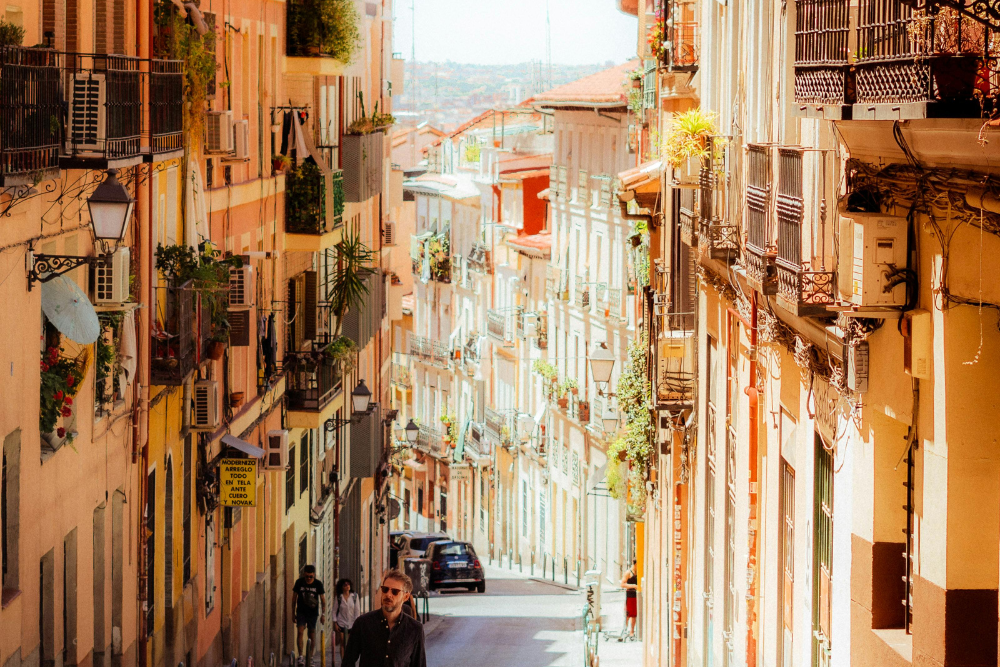
Location: Toledo, Castilla-La Mancha
The Cathedral of Toledo is considered one of the finest examples of Gothic architecture in Spain, renowned for its intricate design and historical importance. Situated in the heart of Toledo, this cathedral has witnessed centuries of religious and cultural change.
Historical Significance:
- Moorish Influence: Built on the site of a former Visigothic church and later a mosque, the cathedral is a symbol of the Christian reconquest of Spain, blending elements from earlier Islamic and Christian structures.
- Artistic Heritage: The cathedral houses masterpieces by renowned artists like El Greco, whose works are displayed in the Sacristy and other parts of the cathedral. The Altarpiece of the Virgin of the Sagrario is another stunning example of religious art.
- Religious Center: The cathedral has been a center of Spanish Catholicism for centuries and was the seat of the Archbishops of Toledo, an influential position in both religious and political matters during the Spanish Empire.
5. The Cathedral of Burgos: A Jewel of Spanish Gothic
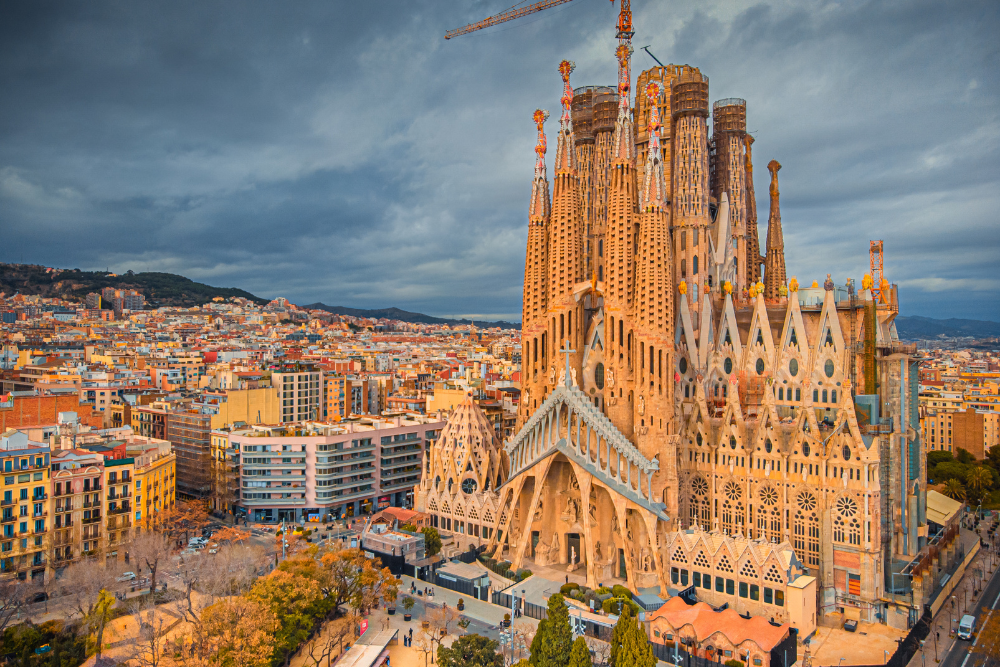
Location: Burgos, Castilla y León
The Cathedral of Burgos is another Gothic architectural gem in Spain, renowned for its stunning façade and intricate interior. A UNESCO World Heritage site, it is one of the most significant religious buildings in northern Spain.
Historical Significance:
- Gothic Architecture: The cathedral is an exceptional example of French Gothic style, with its towering spires, flying buttresses, and intricate stained glass windows. It was built between the 13th and 16th centuries.
- Royal Influence: The cathedral holds the tomb of El Cid, the legendary Spanish hero, and has long been associated with the Spanish monarchy. Its construction was financed in part by the Catholic Kings, Isabella and Ferdinand.
- Cultural Impact: The cathedral’s blend of French and Spanish Gothic elements, along with its magnificent chapels and altars, makes it a major cultural and artistic landmark in Spain.
Conclusion
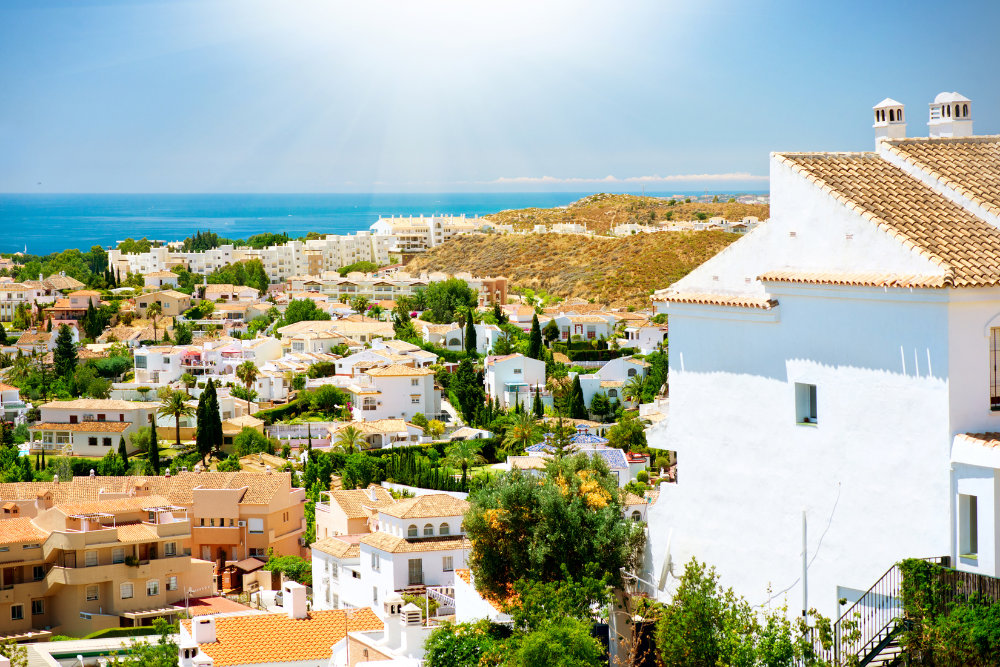
Spain’s cathedrals are not just places of worship but also monuments to the country’s artistic, architectural, and political history. From the grandeur of Seville’s cathedral to the symbolic design of Gaudí’s Sagrada Familia, these sacred buildings offer a glimpse into Spain’s religious and cultural evolution. Visiting these cathedrals provides an opportunity to connect with Spain’s past, explore its rich heritage, and marvel at its architectural brilliance.



